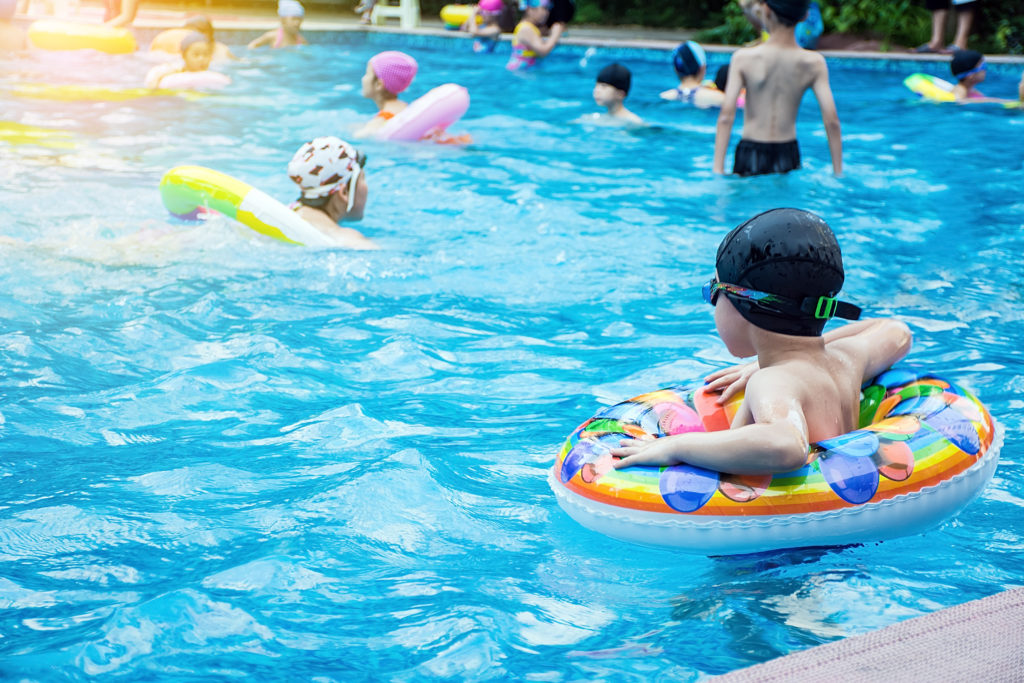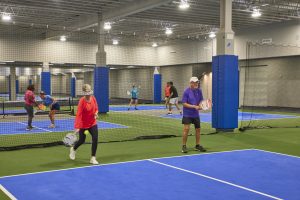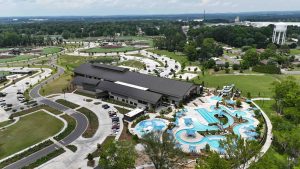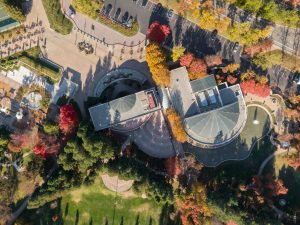In communities throughout the United States, parks and recreation departments have dramatic impacts on the health and wellness of its citizens. In the case of children and young adults, they are literally changing lives for the better. According to the Aspen Institute Project Play, children who engage in physical activity are 1/10th as likely to be obese, have 40 percent better test scores, and are less likely to be depressed.
However, to experience the benefits of utilizing parks and recreation facilities, the system itself must be in position to both attract residents and provide programming that is relevant to their needs. While there are countless examples of parks and recreation systems that are doing an amazing job of serving their communities, continuous evaluation and optimization is needed to ensure that they keep up with an ever-evolving landscape.
In the first part of our guide to parks and recreation optimization, we discussed what communities need to do to examine their assets and determine what changes need to be made. In this part, we will discuss the creation and implementation of your optimization plan.
To recap, our five steps to parks and recreation optimization are:
Step 1: Definition
Step 2: Evaluate Existing Assets
Step 3: Create the Plan
Step 4: Implement & Execute
Step 5: Perform & Report
Step 3: Create the Plan
With a clear definition of success for your parks and recreation assets and an assessment of their operational, marketing, and financial performance, it’s time to create a plan that bridges the gap between the two. It’s critical to begin with the end in mind. What do you want your citizens to receive from your parks and recreation assets? Are you striving for healthier community? More access to facilities for all citizens? A positive economic impact? Determine what the highest and best purpose for your assets and work backwards to determine the steps necessary for achievement.
Your recreation master plan should have the following components:
- Overall master plan relevance
- Financial plan
- Timeline with accountabilities
Overall Master Plan Relevance
First and foremost, your strategic plan should align with the overall plan that’s been laid out for your municipality. Parks and recreation are often woven into the heart of the city and is connected to a variety of areas, including infrastructure and law enforcement. Part of creating your plan will be considering the impact other factors within your city will have on your assets and vice versa.
Financial Plan
How will you attain the resources necessary to execute your parks and recreation master plan? A plan must be put in place in order to identify funding sources, establish partnerships, and pursue sponsorships. To determine the costs involved in executing components of your optimization plan, particularly the development of new assets, a financial forecast will be needed. The financial forecast will also provide insight on a variety of factors, including space and land requirements for new developments, projected revenues based on program model, and operating expenses. This information will provide potential investors with a clear picture of a project’s short and long-term potential.
Timeline with Accountability Chart
In order to provide the clarity and accountability needed to keep the projects within your optimization plan moving towards completion, creating a timeline is crucial. Outline the timeline beginning with the largest milestones first and filter down to the level of detail required to maintain clarity. Additionally, create a chart of accountabilities that details each task and the responsible team or individual.
Step 4: Implement & Execute
Now’s the time that we’ve all been waiting for. With a relevant and clear plan in place, it’s time to get to work. While the implementation phase is exciting, it’s also represents the greatest potential for failure. This is due in part to a lack of focus and proper communication. Effective implementation requires the following components:
- Team buy-in: It almost goes without saying that your team and stakeholders must be on the same page in terms of the plan. In terms of stakeholders, buy-in will greatly increase your chances of receiving approval or resources for implementation. For your team, a plan’s simplicity is key. It will allow every member of your park and recreation staff, support staff, or administration to understand the plan, goals, and their role in execution.
- Clearly-defined roles and reporting: Not only is it important to have a clear understanding of the overall plan, but it’s important for the team and stakeholders to understand their roles as well. It’s also critical to understand how success will be measured in those roles.
- A system for communication: Determine how often your team needs to communicate and the items that need to be communicated. A best practice is to over communicate with your team and leadership. This keeps everyone on the same page. Also, technologies such as Trello, Slack, and Zoom, among many others, will be helpful.
- A timeline with dates and deliverables: At the Sports Facilities Companies, we use a Gantt chart-type timeline as part of our process. This tool gives everyone a clear picture of how certain tasks are dependent on other tasks and provides timeframes for execution.
Step 5: Perform & Report
As renowned management author Peter Drucker quoted, “What gets measured, gets managed.” Reporting is a critical part of understanding the effectiveness of your optimization plan, garnering resources where needed, and determining where adjustments need to be made.
Key performance indicators (KPI’s) should be established, based on the definition of success, whether it be economic, financial, participatory, or otherwise and then refined during implementation. Reporting should focus heavily on data and numbers.
Other best practices include:
- Multi-disciplinary reports: Reporting should cover all phases of the projects within your optimization plan and have well-defined KPI’s and goals.
- Consistency: Depending on the scope of the project, reports should be delivered on a monthly, weekly, or even daily basis.
- Two-way reporting: While you need a clear picture of your staff’s movement towards goals, they need to understand the “big picture” of how the overall project and the plan moves towards its desired outcomes.
The optimization process can never start too early. Even assets that are still in the planning stages or currently under construction can be optimized. Are you ready to optimize your parks and recreation assets? Contact us today at 727-474-3845






